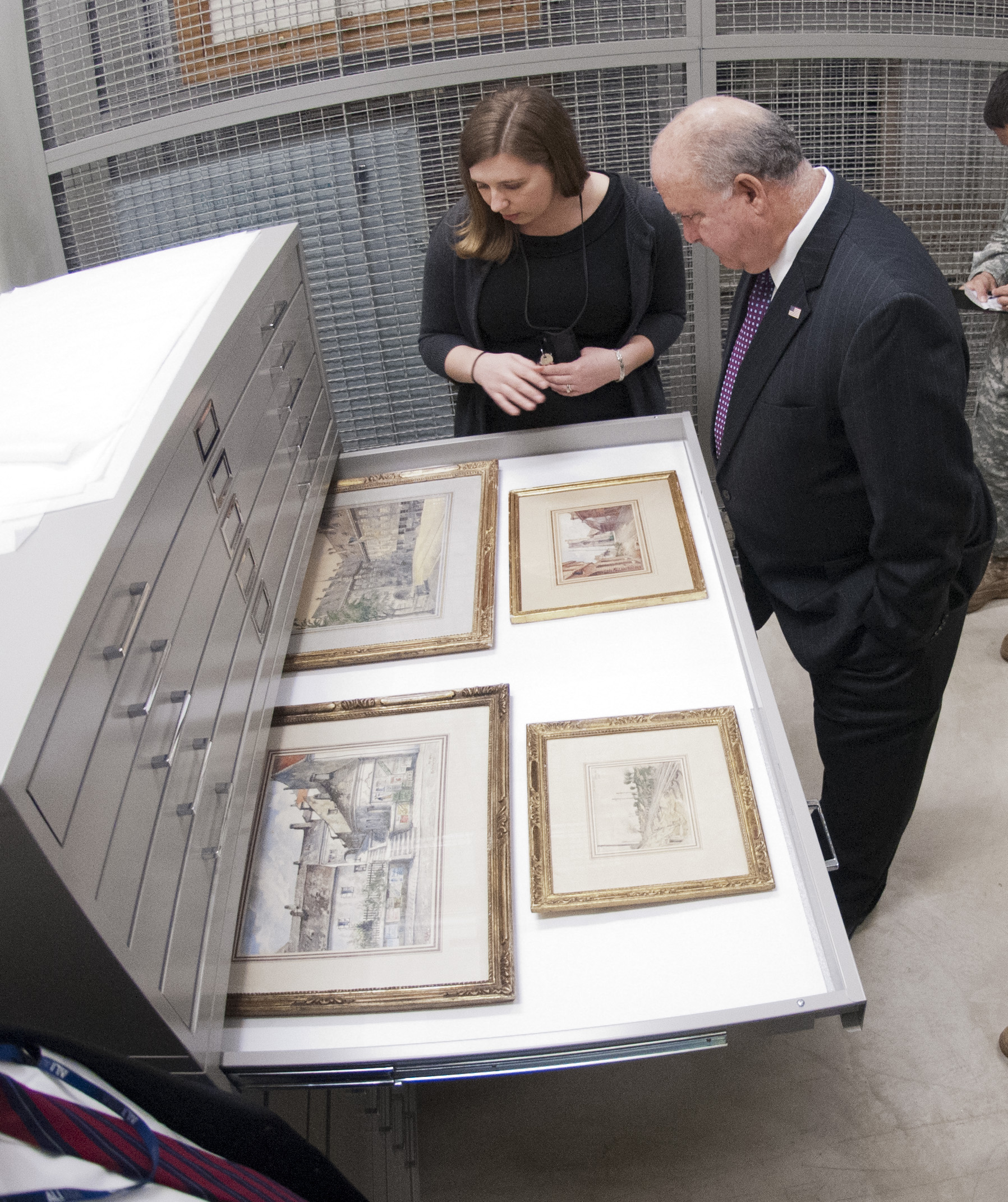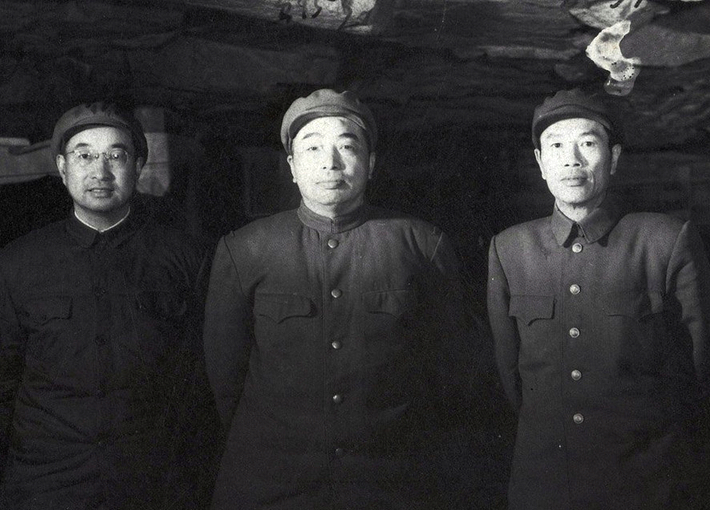|
79th Group Army
The 79th Group Army (), Unit 31671, formerly the 39th Group Army (第三十九集团军), is a military formation of the Chinese People's Liberation Army Ground Force (PLAGF). The 79th Group Army is one of thirteen total group armies of the PLAGF, the largest echelon of ground forces in the People's Republic of China, and one of three assigned to the nation's Northern Theater Command. History The 79th Group Army can trace it's lineage to the Chinese Red Army's 15th Legion. It was involved in the Chinese Civil War, most notably the Liaoshen campaign and Pingjin campaign. In 1949 the 15th Legion was renamed to the 39th Army Corps( Chinese: 陆军第39军) The army corps was a military formation of the People's Volunteer Army (People's Volunteer Army (PVA) during the Korean War. It comprised the 115th, 116th, and 117th Divisions. The 39th Army Corps was deployed to the Korean War in 1950. After the ceasefire, it was placed under the command of the Shenyang Military Regio ... [...More Info...] [...Related Items...] OR: [Wikipedia] [Google] [Baidu] |
Army Groups Of China
Group armies () or army groups or combined corps, are corps-level formation (military), military formations of the People's Liberation Army Ground Force of China. Despite what the name suggests, current Group Armies are not Field army, army-level formations, but corps-sized formations commanding 12 to 14 brigades, roughly equivalent to List_of_corps_of_the_United_States#Active_corps, United States Army Corps. Some may use or translate 'Group Army' loosely to mean the same as Army Group through various time periods of history, depending on whether the military formation is under Nationalist China (ROC) or Communist China (PRC). Chinese Army Group or Group Army used to be equivalent to field army or army group in other militaries due to translation issues and ambiguity of the Chinese language. This is because while" " in Chinese language, Chinese means "corps" when classifying by size or number of troops, it also means (and more frequently so) in common and less precise military u ... [...More Info...] [...Related Items...] OR: [Wikipedia] [Google] [Baidu] |
Liaodong Peninsula
The Liaodong or Liaotung Peninsula ( zh, s=辽东半岛, t=遼東半島, p=Liáodōng Bàndǎo) is a peninsula in southern Liaoning province in Northeast China, and makes up the southwestern coastal half of the Liaodong region. It is located between the mouths of the Daliao River (the historical lower section of the Liao River) in the west and the Yalu River in the east, and encompasses the territories of the whole sub-provincial city of Dalian and parts of prefectural cities of Yingkou, Anshan and Dandong. The word "Liaodong" literally means "Liao region's east", referring initially to the Warring States period Yan commandery of Liaodong, which encompassed an area from modern Liaoning-Jilin border in the north to the Chongchon River on the Korean Peninsula in the south, and from just east of the Qian Mountains to a now-disappeared large wetland between the western banks of middle Liao River and the base of Yiwulü Mountain, historically known as the "Liao Mire" ( ... [...More Info...] [...Related Items...] OR: [Wikipedia] [Google] [Baidu] |
Shenyang Military Region
The Shenyang Military Region was one of seven military regions for the Chinese People's Liberation Army. It has command and control of military and armed police forces in the three northeast provinces of Jilin, Heilongjiang, and Liaoning, which also form Military Districts. This region is now superseded by the Northern Theater Command. The Shenyang Military Region was left with unchanged boundaries since the late 1960s. It is bordered internally by the Beijing Military Region to the west. Externally, it is bordered by North Korea to the south east and the Russian Far East to the north. Prior to the Cultural Revolution, military region commanders tended to remain in post for long periods. As the PLA took a stronger role in politics, this began to be seen as something of a threat to party (or, at least, civilian) control of the military. Two commanders served for long periods in the Shenyang MR, Chen Xilian, from 1959 to 1973, and Li Desheng from 1974 to 1985. As of 15 March ... [...More Info...] [...Related Items...] OR: [Wikipedia] [Google] [Baidu] |
United States Army Center Of Military History
The United States Army Center of Military History (CMH) is a directorate within the United States Army Training and Doctrine Command. The Institute of Heraldry remains within the Office of the Administrative Assistant to the Secretary of the Army. The center is responsible for the appropriate use of military history, history and military records throughout the United States Army. Traditionally, this mission has meant recording the official history of the army in both peace and war, while advising the army staff on historical matters. CMH is the flagship organization leading the Army Historical Program. CMH is also in charge of the National Museum of the United States Army, at Fort Belvoir, Fort Belvoir, Virginia. Mission The center traces its lineage back to historians under the Secretary of War who compiled the Official Records of the American Civil War, ''Official Records of the Rebellion'', an extensive history of the American Civil War begun in 1874. A similar work on World ... [...More Info...] [...Related Items...] OR: [Wikipedia] [Google] [Baidu] |
117th Division (People's Republic Of China)
In military terms, 117th Division or 117th Infantry Division may refer to: ; Infantry divisions : * 117th Division (People's Republic of China) * 117th Infantry Division (German Empire) * 117th Division (Imperial Japanese Army) * 117th Rifle Division (Soviet Union) {{mil-unit-dis sl:Seznam divizij po zaporednih številkah (100. - 149.)#117. divizija ... [...More Info...] [...Related Items...] OR: [Wikipedia] [Google] [Baidu] |
116th Division (People's Republic Of China)
The 116th Division was a military formation of the People's Volunteer Army (Chinese People's Volunteers (CPV) during the Korean War with a standard strength of approximately 10,000 men. History The 116th Division was part of the 39th Army (People's Republic of China), 39th Army, consisting of the 346th Regiment (People's Republic of China), 346th, 347th Regiment (People's Republic of China), 347th, and 348th Regiment (People's Republic of China), 348th Regiments. Korean War The 116th Division was one of the first Chinese divisions to attack the United Nations Command (Korea), UN forces at the Battle of Unsan, Unsan where it inflicted heavy casualties on the 8th Cavalry Regiment (United States), 8th Cavalry Regiment. Stephen Gammons from the United States Army Center of Military History said this: ''The enemy [Chinese] force that brought tragedy to the 8th Cavalry at Unsan was the CCF’s 116th Division. Elements of the 116th’s 347th Regiment (People's Republic of China), 34 ... [...More Info...] [...Related Items...] OR: [Wikipedia] [Google] [Baidu] |
115th Division (People's Republic Of China)
In military terms, 115th Division or 115th Infantry Division may refer to: * 115th Division (People's Republic of China) * 115th Infantry Division (German Empire) * 115th Division (Imperial Japanese Army) * 115th Guards Motor Rifle Division (Soviet Union, post World War II) {{mil-unit-dis ... [...More Info...] [...Related Items...] OR: [Wikipedia] [Google] [Baidu] |
People's Volunteer Army
The People's Volunteer Army (PVA), officially the Chinese People's Volunteers (CPV), was the armed expeditionary forces China in the Korean War, deployed by the History of the People's Republic of China (1949–1976), People's Republic of China during the Korean War. Although all units in the PVA were actually transferred from the People's Liberation Army (PLA) under the orders of Chairman of the Chinese Communist Party, Chairman Mao Zedong, the PVA was separately constituted in order to prevent an official war with the United States. The PVA entered Korea on 19 October 1950 and completely withdrew by October 1958. The nominal commander and political commissar of the PVA was Peng Dehuai before the Korean Armistice Agreement, ceasefire agreement in 1953, although both Chen Geng and Deng Hua served as the acting commander and commissar after April 1952 following Peng's illness. The initial (25 October – 5 November 1950) units in the PVA included 38th, 39th, 40th, 42nd, 50th, 66 ... [...More Info...] [...Related Items...] OR: [Wikipedia] [Google] [Baidu] |
Chinese Language
Chinese ( or ) is a group of languages spoken natively by the ethnic Han Chinese majority and List of ethnic groups in China, many minority ethnic groups in China, as well as by various communities of the Chinese diaspora. Approximately 1.39 billion people, or 17% of the global population, speak a variety of Chinese as their first language. Chinese languages form the Sinitic languages, Sinitic branch of the Sino-Tibetan language family. The spoken varieties of Chinese are usually considered by native speakers to be dialects of a single language. However, their lack of mutual intelligibility means they are sometimes considered to be separate languages in a Language family, family. Investigation of the historical relationships among the varieties of Chinese is ongoing. Currently, most classifications posit 7 to 13 main regional groups based on phonetic developments from Middle Chinese, of which the most spoken by far is Mandarin Chinese, Mandarin with 66%, or around 800&nb ... [...More Info...] [...Related Items...] OR: [Wikipedia] [Google] [Baidu] |
Chinese Red Army
The Chinese Red Army, formally the Chinese Workers' and Peasants' Red Army( zh, labels=no, t=中國工農紅軍) or just the Red Army( zh, labels=no, t=紅軍), was the military wing of the Chinese Communist Party (CCP) from 1928 to 1937. It was formed when Communist elements of the National Revolutionary Army splintered and mutinied in the Nanchang Uprising. The Red Army was reincorporated into the National Revolutionary Army as part of the Second United Front with the Kuomintang to fight against the Empire of Japan during the Second Sino-Japanese War of 1937–1945. In the later stages of the Chinese Civil War the Red Army splintered off once again and was renamed the People's Liberation Army. History Formation (late 1920s) In the summer of 1927, the CCP took over the two divisions of the Chinese Nationalist Party forces and led a military mutiny. Nationalist forces General He Long commanded the 20th Corps to join them. They had a total of 20,000 soldiers and pl ... [...More Info...] [...Related Items...] OR: [Wikipedia] [Google] [Baidu] |



